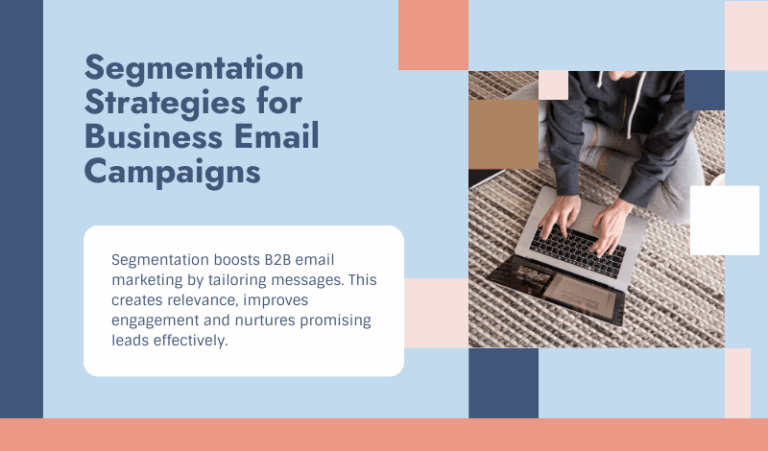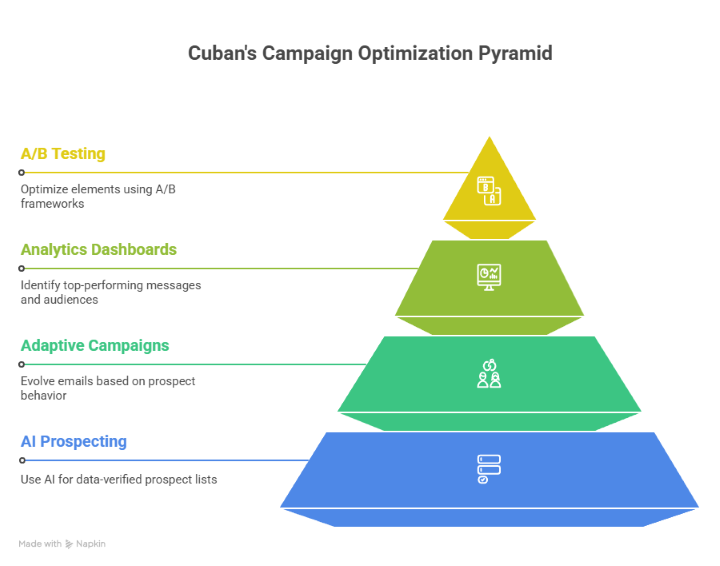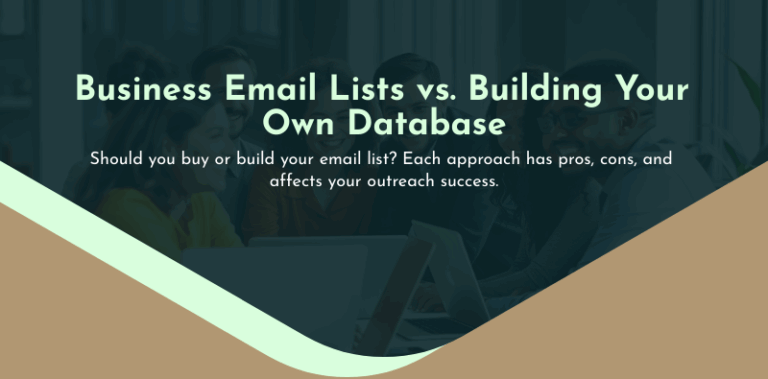
Understanding the SEO Lead Landscape
Before diving into tactics, it’s critical to understand what an SEO lead actually is. An SEO lead is a person or business that expresses interest in SEO services—either directly (e.g., submitting a contact form) or indirectly (e.g., downloading a resource or engaging with educational content). These leads may vary in intent:
- Marketing Directors seeking to augment traffic.
- Small business owners overwhelmed by digital demands.
- Enterprise CMOs evaluating multiple agencies for a long-term contract.
- Affiliate marketers wanting to improve SERP positioning.
Each requires different messaging, nurturing, and qualification.

Core Strategies to Generate SEO Leads
Build and Optimize a Lead-Generating Website
Your own SEO service website is the cornerstone of your lead generation strategy. It must do two things extremely well:
- Drive traffic through SEO best practices.
- Convert that traffic into inquiries or bookings.
Key elements:
- Clear UVP (Unique Value Proposition) above the fold.
- Service-specific landing pages targeting different verticals (e.g., “SEO for Law Firms,” “Ecommerce SEO Solutions”).
- Case studies and testimonials to establish trust and proof.
- Embedded lead capture forms with compelling CTAs (e.g., “Request a Free SEO Audit”).
- Live chat or booking tools to reduce friction.
- Lightning-fast page speed for performance and ranking.
Bonus tip: Use schema markup to enhance visibility in search results, especially for FAQs, services, and reviews.
Rank for Bottom-of-Funnel Keywords
Many SEO professionals focus too heavily on informational content. While educational blogs are great for long-term nurturing, leads ready to buy often use transactional phrases.
Examples of bottom-funnel keywords:
- “Best SEO agency for SaaS startups”
- “SEO consultant in [city]”
- “Affordable ecommerce SEO packages”
- “White label SEO services USA”
Build landing pages around these phrases with strong CTAs, a clean layout, and value-driven copy that shows what sets you apart.
Use Cold Email with a Value-First Hook
Cold email still works—when done right.
Avoid blasting generic messages. Instead, use personalization, specificity, and immediate value. For instance:
Subject: Quick tip to help [company] boost search rankings
Body:
Hey [First Name],
I noticed [Company] is ranking on page 2 for [Keyword], which gets around [X] monthly searches.
With a few adjustments to [Page URL], I believe you could break into the top 5 and significantly increase traffic.
Would you be open to a quick call to walk through it?
Best,
[Your Name]
Tools like Apollo, Hunter, and Lemlist can help you scale this with personalization at the core.
Leverage SEO Audits as a Lead Magnet
Offering free audits is one of the most effective ways to generate warm SEO leads—when positioned correctly. Most businesses aren’t SEO experts. When you show them their gaps (invisibility, crawl errors, slow site speed, weak backlinks), they’re more open to hiring someone to fix it.
Options include:
- Live audit calls (15–30 minutes to build trust).
- Automated SEO reports using tools like SEMrush, Sitebulb, or SEOptimer.
- On-site audit forms with simple input fields: domain, email, business type.
Pro tip: Don’t overwhelm them with jargon. Highlight issues, show opportunity, and give them a path forward—your service.
Create Long-Tail, Problem-Focused Content
Informational content still has a major role—especially for capturing top-of-funnel interest. But you need to solve specific problems your target audience is facing.
Examples:
- “How to fix a sudden drop in SEO rankings”
- “Why is my blog not showing up on Google?”
- “SEO for Shopify vs. WordPress – Which Platform Wins in 2025?”
These articles should:
- Target long-tail, low-competition keywords.
- Link internally to service pages.
- Include lead capture CTAs (content upgrades, audits, newsletter signups).
- Feature trust signals: author bios, stats, and real examples.
High-value blog content builds domain authority and creates evergreen lead sources.
Partner with Non-Competing Agencies
Not every agency offers SEO. Some specialize in PPC, branding, social media, or web development. These are ideal strategic partners.
Create:
- Referral agreements (e.g., 10%–20% commission).
- Co-marketing campaigns (joint webinars, whitepapers, social posts).
- Embedded service offerings (you provide SEO under their brand or as a bundled service).
This taps into pre-qualified leads with established trust—and accelerates your pipeline without direct selling.
Use LinkedIn for Targeted SEO Lead Outreach
LinkedIn is powerful for B2B SEO lead generation when you combine thoughtful outreach with profile optimization.
Here’s how to approach it:
- Optimize your profile headline (“Helping DTC brands grow with custom SEO strategies”).
- Post regularly on SEO wins, quick tips, and trends.
- Engage with your ICP (ideal client persona) in the comments section.
- Send connection requests with a non-salesy intro (“Saw your recent site launch—looks great! Curious how you’re approaching SEO?”).
Then nurture relationships through DMs or by inviting them to a free strategy session.
Use Paid Ads to Capture High-Intent SEO Leads
SEO is organic, but pairing it with PPC creates a lead gen engine.
Effective ad formats:
- Google Search Ads targeting “SEO services for [industry]” or “local SEO experts.”
- YouTube pre-roll ads offering audits or webinars.
- Meta Ads promoting SEO checklists or free courses.
Focus on:
- Short, actionable landing pages.
- A/B testing of headlines and CTAs.
- Clear outcome-driven offers (e.g., “Double your search traffic in 90 days—see how”).
Your goal is to turn cold traffic into leads and then nurture them into clients with email follow-up.
Offer Niche-Focused SEO Services
Generic SEO is a saturated market. Niche positioning allows you to dominate specific verticals.
Examples:
- SEO for medical practices
- SEO for SaaS startups
- Local SEO for home service businesses
- SEO for attorneys
The more specialized you are, the easier it becomes to:
- Speak the client’s language.
- Address their unique ranking challenges.
- Create targeted content and case studies.
- Get referrals within the niche.
Once you establish niche credibility, leads start to come inbound naturally.
Build SEO-Focused Webinars and Email Funnels
Webinars are one of the highest-converting lead generation tools—when built for the right stage of awareness.
Ideas:
- “7 Costly SEO Mistakes Local Businesses Make”
- “How to Double Traffic Without Running Ads”
- “The 2025 Google Algorithm Update: What You Need to Know”
Use webinar registrations to build segmented email lists. Then, follow up with:
- Case studies.
- Exclusive offers.
- Value-packed educational emails.
- Booking links for consultations.
This nurtures cold traffic into hot leads over time.
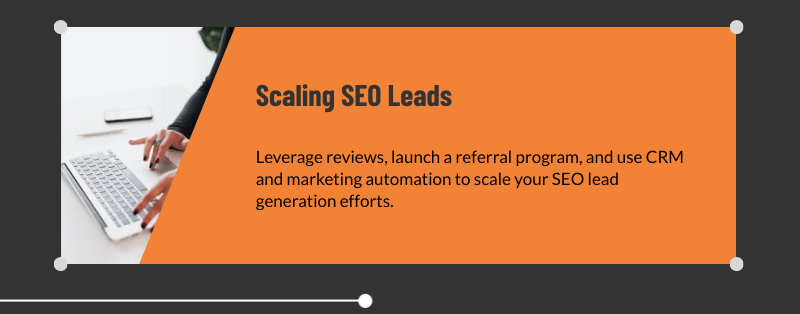
Bonus Strategies for Scaling SEO Lead Generation
Leverage Reviews and Social Proof
People trust people. Showcase:
- Google Reviews from clients.
- LinkedIn testimonials.
- Video case studies walking through before/after traffic growth.
- Screenshot wins: keyword jumps, traffic boosts, conversions.
Social proof builds confidence and makes leads feel like you’ve already helped others just like them.
Launch a Client Referral Program
Your current clients are one of the most overlooked lead gen sources.
Create an incentive for referrals:
- 1 month free for each referral
- 10% recurring commission
- Bonus SEO reports/tools
Make it easy: Give them an email template or landing page to share.
Use CRM and Marketing Automation
Leads are great—losing them due to disorganization isn’t.
Use tools like:
- HubSpot or Pipedrive for tracking and nurturing.
- Mailchimp or ActiveCampaign for automated sequences.
- Calendly + Zapier to streamline bookings and follow-ups.
Organized pipelines help you nurture cold or not-yet-ready leads until they’re ready to buy.
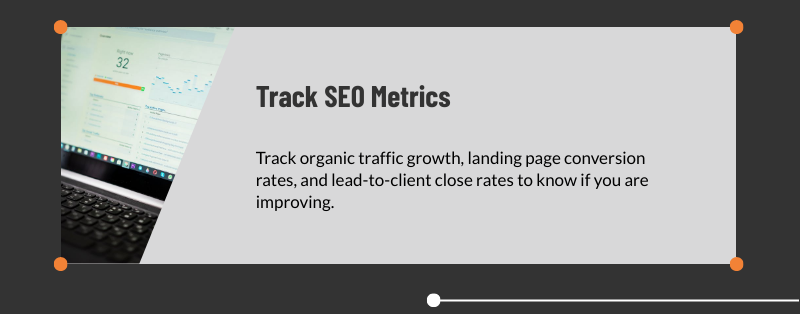
Metrics to Track for SEO Lead Success
Tracking the right metrics helps you know what’s working and where to improve.
Key KPIs:
- Organic traffic growth
- Landing page conversion rate
- Lead source breakdown (SEO, referrals, ads)
- Cost per lead (if paid)
- Lead-to-client close rate
- Time from lead to sale
- Lifetime value of clients (LTV)
These numbers shape strategy and ensure your lead generation is sustainable, not guesswork.
Common Mistakes to Avoid
- Relying on one channel: Diversify between organic, paid, referral, and partnerships.
- Over-automating outreach: Personalization > scale.
- Focusing on vanity metrics: 100 leads don’t matter if none convert.
- Neglecting follow-up: Most sales happen after the first touchpoint.
- Not qualifying leads: A flooded inbox isn’t helpful if the prospects aren’t a fit.
Generating SEO leads isn’t just about rankings—it’s about building trust, solving real problems, and offering value at every step of the buyer’s journey. Whether you’re a freelancer, a growing agency, or an in-house team looking to expand, the key is consistent execution, niche clarity, and a strategy that evolves with the market.
Use the strategies above not just to fill your pipeline—but to build a lead engine that compounds over time.
